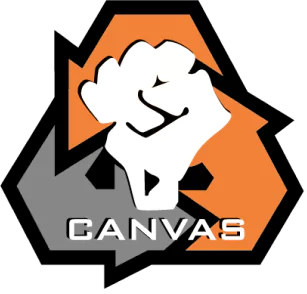Nov 3, 1929-1929
South Korea
Gwangju Student Independence Movement (Hangul: 광주 학생 독립 운동 Hanja:光州學生獨立運動); Gwangju Student Movement
Share
ACTIVISTS/ACT.GROUPS/DESCRIPTION OF THE GROUP
Students and Citizens of Gwangju; Provisional Government of the Republic of Korea; Jaeseong Jang
TARGET
Japanese Occupation Government (Empire of Japan and Japanese General Government)
WIDELY HELD BELIEF
Students shouldn’t be forced to sing to their oppressors.
CASE NARRATIVE
Issue and Opponent: Korean students living under Japanese imperial rule were frustrated by living under colonialism. For example, all residents had to participate in the singing of the Japanese National Anthem and hymns to Tennō, the Emperor; failing to do so was illegal. For example, authorities suspended any students who participated in any resistance.
Dilemma Action: On November 3, 1929, the Japanese mobilized students for the ‘Meiji Festival,’ one of the four major holidays. This day was National Foundation Day on the 3rd of October in the lunar calendar. Instead of the students celebrating Emperor Meiji’s birthday, they shouted anti-Japanese slogans such as: “Long live Joseon independence!”, “Abolish colonial slavery education!” and “Close the one-person school Gwangju Middle School!”
Outcomes: This action resulted in the student movement growing nationwide lasting for five months. The Gwangju Student Independence Movement was the largest student movement under Japanese colonial rule, with 1642 arrested, 582 expelled, and 2,230 indefinitely suspended. The mobilization of these students was tied to the June 10, 1926, Independence Movement. Korea would not achieve de facto independence from Japan until 1943, with Japan surrendering in 1945.
PRIMARY STRUGGLE/GOAL
NONVIOLENT TACTICS USED
DA TACTICS USED
Refusal of public support
CASE NARRATIVE WRITER
SUCCESS METRICS
9 / 12
(EREP) Dilemma action got replicated by other movements
(MC) Media Coverage
(MSYMP) Media coverage was sympathetic to the activists
(OR) Opponent response
(PS) Dilemma action built sympathy with the public
(PUN) Punishment favored the activists
(REFR) Dilemma action reframed the narrative of the opponent
(RF) Dilemma action reduced fear and/or apathy among the activists
(SA) Dilemma action appealed to a broad segment of the public
PART OF A LARGER CAMPAIGN
3 / 3
Activist group continued working together after the action
Encouraged more participants to join the movement
Internally replicated by the same movement
RESOURCES
Project documentation
Dilemma Actions Coding Guidebook
Case study documentation
Dilemma_Actions_Analysis_Dataset
SOURCES
https://translate.google.com/translate?depth=1&hl=en-US&rurl=translate.google.com&sl=ko&tl=en&u=https://news.joins.com/article/3853475. Accessed April 15, 2022.
박균섭, and Park Kyoon-seop. “『문교의 조선』과 퇴계학.” 교육철학연구 39, no. 2 (2017): 49–73. Accessed April 15, 2022.
김허경. “기억기념과 집단기억의 예술, 모뉴먼트와 메모리얼.” 감성연구, 0(22) (2021): 145–175. Accessed April 15, 2022.
Gwangju Student Independence Movement Memorial Hall. 1929. “Historical Significance: How did they fight?” Retrieved July 20, 2023. (http://gsim.gen.go.kr/en/?page=0204).
Related cases
Mar 1, 2019-2019
Macedonia
Macedonia is frequently among the worst polluters of all countries in the world. Particularly within Skopje City, there are countless illegal landfills where citizens ...
/
Jun 1, 1945-1945
Nigeria
The Nigerian government failed to increase salaries despite a dramatic increase in the cost of living. Since 1941, the cost of living in Nigeria increased by over 200%...
/
Sep 3, 2013-2013
India
In Raipur, India potholes have been left unattended by the local government and had begun to pose a risk to the safety of travelers and commuters. The situation is par...
/
Subscribe to our newsletters to get full access to all materials on our website.

